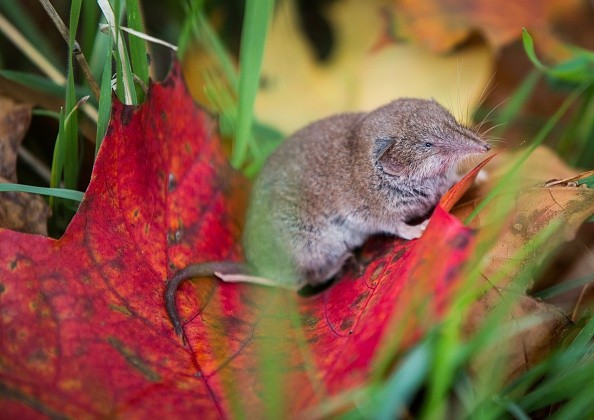Uncovering the shrew's secret of reducing its own cognitive tissue during the winter and growing it back in the spring may aid in treating neurodegenerative diseases in people.

The shrew zigzagged its small, velvety body right, left, right, and left as it moved across the sand. In a matter of seconds, it discovered the prize hidden in the sandbox: a delectable combination of earthworms, mealworms, and other flesh.
The shrew needed more information than only the location of its food to solve the riddle in Dina Dechmann's laboratory swiftly. Another astonishing development took place in its mind. It was forced to grow a new brain.
Shrew Behavior
Dechmann, a behavioral ecologist at the Max Planck Institute of Animal Behavior in Germany, described the animal as "mad." We have a lot to learn from shrews, I believe.
Many animals slow down, sleep during the winter, or relocate to warmer regions to be ready for the worst winter months when food is limited.
To survive the winter months, the animal consumes up to a fourth of its brain, only to regenerate a significant portion back in the spring.
Animals may reduce calorie-consuming tissue when temperatures drop, thanks to the phenomena known as Dehnel's phenomenon, which causes the brain and other organs to shrink and grow with the seasons. Weasels and, most recently, moles, two additional tiny, highly metabolic animals, have skulls that exhibit seasonal shrinking.
The remarkable brain shrinkage of the shrew is more than simply a scientific curiosity. Doctors may be able to cure Alzheimer's, multiple sclerosis, and other neurodegenerative disorders in humans by better understanding how these animals can regenerate their brain function.
Understanding the Behavior
John Dirk Nieland, an associate professor of health science and technology, is currently exploring medications intended to duplicate the shrews' brain-altering chemical in people. "At first, I couldn't completely fathom it," he said.
He continued that the way they respond and react "is truly fantastic."
Only some scientists understood the significance of August Dehnel's 1949 finding for many years.
Dehnel, a Warsaw native, began his career investigating bird eggs before the Nazi invasion of Poland forced him to stop researching beavers and other European animals.
While serving in the Polish army, the young naturalist remained committed to his scholarly career. He delivered biology classes at a prisoner of war camp after being captured by the Germans.
After the war, he returned to the lab and saw that the shrew skulls he had gathered from the Biaowieza Forest on the border between Poland and Belarus had shrunk and grown in size over time.
Survival Methods
To survive, the high-metabolism animal constantly hunts insects, spiders, snails, and worms. It squeaks at frequencies above human hearing, from the Scottish Highlands to the Siberian tundra, searching for reverberations to navigate underground.
Shrews are too little to migrate and too active to hibernate in the winter, unlike deer or bears. With an average lifespan of little over a year, they live quickly and pass away at a young age. Their metabolism isn't designed for such a slowdown, according to Dechmann.
This makes studying agitated animals in captivity extremely difficult.
For more biology news, don't forget to follow Nature World News!
© 2025 NatureWorldNews.com All rights reserved. Do not reproduce without permission.





